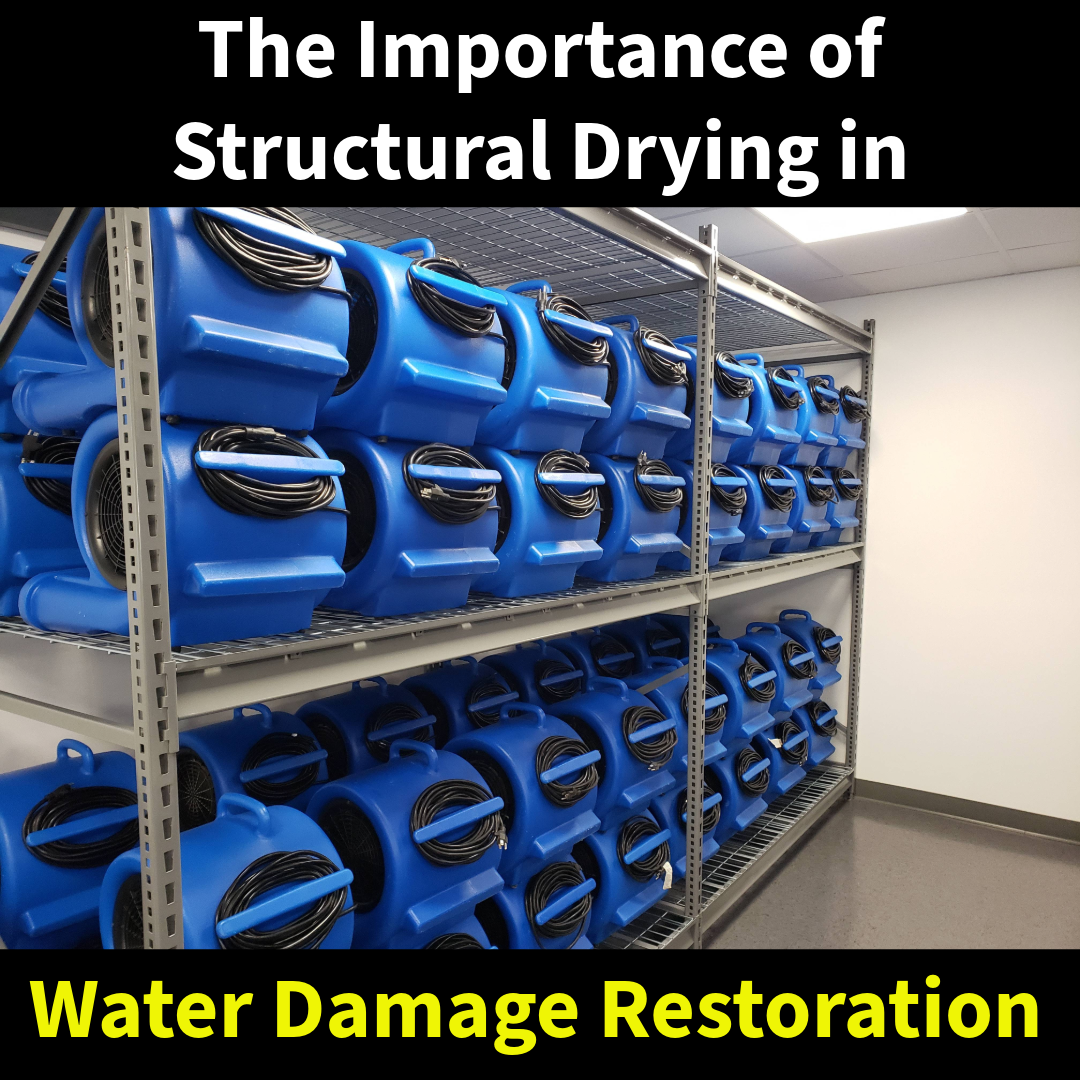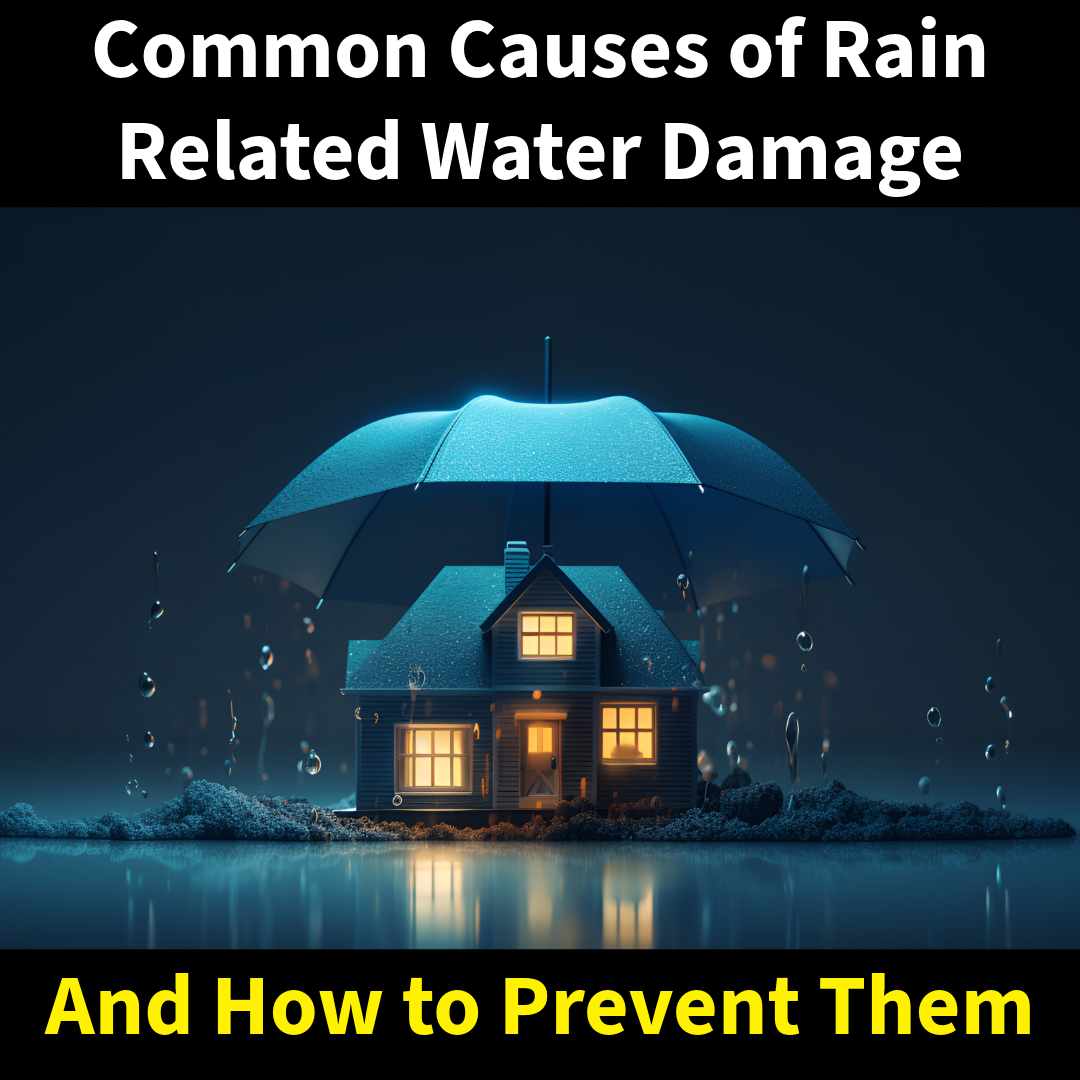When water invades your home or business—whether from a burst pipe, storm flooding, or an appliance leak—the first instinct is often to mop it up and run a few fans. But visible water is only part of the problem. The real damage happens behind walls, under floors, and inside materials that can retain moisture long after the surface appears dry. That’s where structural drying becomes essential.
At MSI, we specialize in professional water damage restoration throughout Pennsylvania, New Jersey, and Delaware, and we know that skipping or rushing the drying process can lead to serious long-term damage, including mold growth, wood rot, and compromised structural integrity.
What Is Structural Drying?
Structural drying refers to the controlled process of removing moisture from a building’s structural components—such as framing, subfloors, drywall, insulation, and concrete—after a water intrusion. It’s a crucial phase that goes far beyond surface-level cleanup.
Key components of structural drying include:
- Water extraction using powerful equipment to remove standing water
- Moisture mapping with thermal cameras and moisture meters to detect hidden wet areas
- Dehumidification to reduce air humidity and prevent secondary damage
- Air movement using high-velocity air movers to accelerate drying of surfaces
- Temperature control to optimize the drying environment
Why Structural Drying Matters
Here’s why structural drying is not optional when it comes to proper water damage restoration:
1. Prevents Mold Growth
Mold can start growing in as little as 24–48 hours in damp conditions. Structural drying removes the moisture mold needs to survive, making it a key part of mold prevention after water damage.
2. Protects Building Materials
Drywall, wood framing, subfloors, and insulation all absorb moisture. If not dried properly, they weaken over time—leading to sagging, splitting, and even structural failure.
3. Saves Time and Money
Proper drying prevents the need for future repairs due to warping, mold remediation, or reconstruction. While it may seem like an added step, it often reduces long-term restoration costs.
4. Supports Insurance Claims
Insurance companies often require documented proof of drying, including moisture readings. At MSI, we provide full documentation to support your water damage insurance claim.
The Risks of Skipping Proper Drying
Too often, property owners (and even some contractors) attempt to cut corners—drying only what’s visible or using household fans and dehumidifiers that aren’t up to the task. Unfortunately, these shortcuts can lead to:
- Hidden mold outbreaks
- Lingering odors
- Health issues from poor indoor air quality
- Failed building inspections or renovations
By contrast, certified structural drying ensures your property is truly safe, clean, and ready for repairs.
Structural Drying Requires Expertise
At MSI, our technicians are IICRC-certified and trained in the latest structural drying techniques. We use commercial-grade dehumidifiers, air movers, and infrared moisture detection equipment to ensure that every affected area is addressed—even the ones you can’t see.
We don’t rely on guesswork or shortcuts. We provide honest, science-based water damage restoration services, backed by nearly 30 years of experience and thousands of successful projects across Pennsylvania, New Jersey, and Delaware.
Final Thoughts: Drying Is Not Optional—It’s Foundational
If your property has experienced water damage, don’t assume that just because the surface looks dry, the problem is solved. Structural drying is an essential step in the restoration process—one that protects your property, your health, and your finances.
For a thorough, professional response to water damage emergencies, our team at Mold Solutions & Inspections are here to help. Our IICRC certified team of water damage restoration experts can have your property back to pre-loss conditions in a quick, safe and cost efficient manner, while never compromising proper procedures or overcharging for services never performed. We’re here to help you recover fully and safely—no shortcuts, no surprises.

